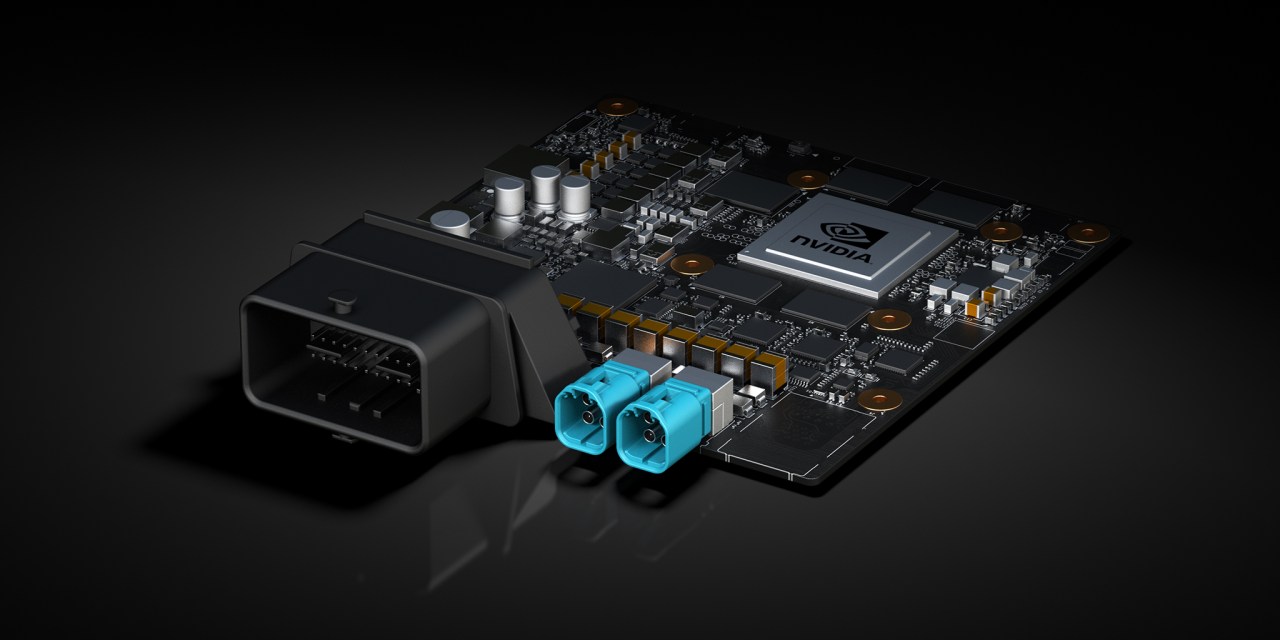In a world increasingly driven by innovation, Nvidia has once again stepped into the spotlight with its latest advancement in autonomous vehicle technology. The new configuration of the Drive PX 2 self-driving AI computer, unveiled recently, promises not only enhanced performance but also significant power efficiency in a compact package. This blog explores the implications of Nvidia’s latest innovations and how they pave the way for a more sustainable future in autonomous driving.
The Drive PX 2: A Game-Changer for Autonomous Vehicles
At the core of Nvidia’s revolutionary Drive PX 2 is its ability to process vast amounts of data in real-time. Software and hardware engineers alike understand the importance of on-board computations for autonomous systems, especially when that connection to a powerful remote server is not guaranteed. With this latest architecture, car-mounted sensors and cameras can now analyze visual data quickly, dictating the vehicle’s response to real-world scenarios.
Power Efficiency: Driving Towards Sustainability
One of the most notable enhancements in the new Drive PX 2 configuration is its power efficiency. As concerns about climate change and sustainability grow, automakers are on the hunt for ways to reduce emissions and improve vehicle efficiency. Here are some key points regarding the impact of the new PX 2 system:
- Compact Size: The palm-sized design allows for more versatile integration within a range of vehicles, particularly electric models that benefit from reduced weight and space constraints.
- Integrating with Electric Vehicles: As electric vehicle (EV) manufacturers strive to improve range and performance, a lighter, more efficient processing unit like the PX 2 is essential.
- Scalability: Depending on the needs, the system can be expanded to multi-core configurations, making it suitable for various automotive applications—from entry-level models to luxury vehicles.
Real-World Applications: Collaborating for Success
Nvidia’s partnership with Baidu exemplifies the collaborative efforts needed to propel autonomous technology forward. The Drive PX 2 platform will play a crucial role in Baidu’s “cloud-to-car” autonomous driving strategy, combining both local and cloud functionalities to optimize vehicle control and safety. This partnership is just one such example; many original equipment manufacturers (OEMs) and research institutions are already exploring the benefits the Drive PX 2 can bring to their autonomous systems.
The Bigger Picture: Future of Autonomy
As the automotive industry leans towards electrification and autonomy, Nvidia’s advancements signal a significant milestone. By blending compact, powerful technology with sustainability, Nvidia is helping to shape a future where self-driving cars are not only safe and efficient but also environmentally friendly. The Drive PX 2 is a testament to how innovation can drive the entire sector forward.
Conclusion: Paving the Way for Autonomous Innovation
Nvidia’s new Drive PX 2 configuration signifies a leap in self-driving technology that addresses critical issues concerning power efficiency and size. As the automotive industry continues to evolve, collaborations like the one with Baidu will help push the boundaries of what’s possible in autonomous and electric vehicles. This not only fosters innovation but also emphasizes sustainability—showing that each advancement can lead to a greener planet.
At [fxis.ai](https://fxis.ai), we believe that such advancements are crucial for the future of AI, as they enable more comprehensive and effective solutions. Our team is continually exploring new methodologies to push the envelope in artificial intelligence, ensuring that our clients benefit from the latest technological innovations.
For more insights, updates, or to collaborate on AI development projects, stay connected with [fxis.ai](https://fxis.ai).

